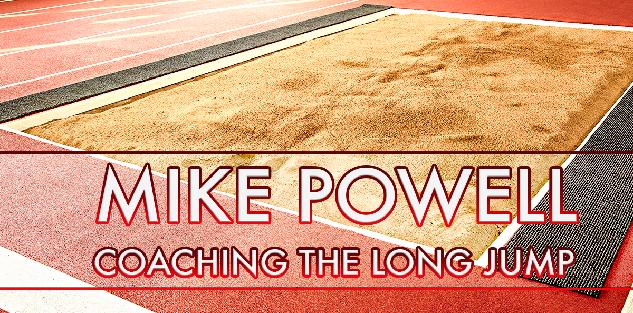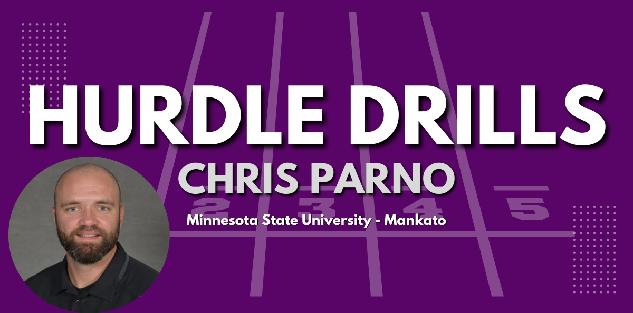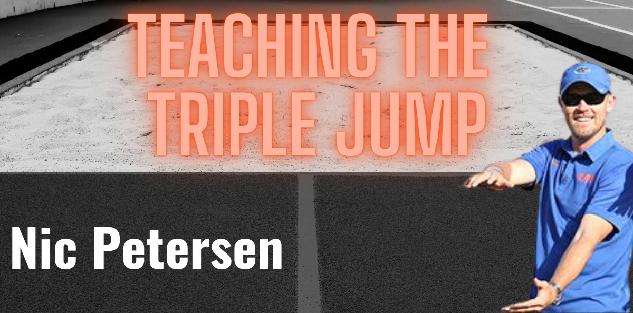Featured courses
- The Ultimate Guide to Coaching Track and Field by Jackson Chlebowy
- How TCU Coach Khadevis Robinson Builds Mental Toughness for Big 12 Track by William Markey
- Two Points of Focus When Coaching and Training Hurdles by Grant Young
- Four Keys to Maximize Winning Potential in a 400m Race by Grant Young
- Three Lessons Every Distance Running Coach Should Know by Grant Young
- Olympic Medalist Jasmine Moore’s Triple Jump Approach Technique Keys by Grant Young
- Build Strong Triple Jump Foundations with 3 Key Drills by William Markey
- Two Cues to Help With Track and Field Relay Handoffs by Grant Young
- Four Shot Put Drills to Help Develop Your Athletes by Grant Young
- Three Training Tips For Coaching 400m Runners by Grant Young
- Four Tips for Teaching the Javelin Throw by Grant Young
- 3 Pole Vault Check Points From Legendary Kansas Coach Tom Hays by Grant Young
- Two Valuable Hammer Throw Training Tips by Grant Young
- 3 Must-Try Offseason Shot Put Drills by William Markey
- Four Essential Tips For Coaching Track Relays and Sprints by Grant Young
- Florida Gators Coach Nic Petersen’s Two Keys for Teaching the Triple Jump by Grant Young
- Three Effective Drills for Improving the Long Jump by Grant Young
- Three Drills for Sprinters That Track Coaches Swear By by Grant Young
- Four Pole Vault Drills All Track and Field Coaches Should Know by Grant Young
- Explosive Track and Field Training to Level Up This Summer by Tyler Rathke
- Throwing Secrets: The Entry by Tyler Rathke
- How to Find an Endurance Athlete’s Proper Training Pace by Grant Young
- The Technique Behind Mykolas Alekna’s Discus World Record by Grant Young
- How to Build a Sprinter's Training Regimen by Grant Young
- How to Teach the Glide Shot Put by Grant Young
- Three Hurdle Drills All Track Coaches Should Know by Grant Young
- How Distance Running Coaches Can Get the Most Out of Their Athletes by Grant Young
- The Technique Behind Mondo Duplantis' Pole Vault World Record by Grant Young
- How to Coach Weightlifting For Increased Speed and Acceleration by Grant Young
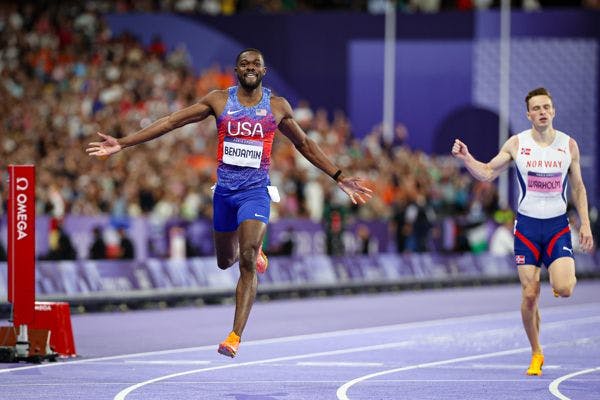
Three Training Tips For Coaching 400m Runners
- By Grant Young
Creating effective 400-meter training programs for runners presents unique challenges that test both physical and mental endurance.
The 400m, often described as a "sprint" with a significant aerobic component, demands a delicate balance between speed, strength, and stamina. One of the primary difficulties is achieving the right combination of attributes to excel in this middle-distance sprint. Coaches must tailor training regimens that develop explosive power while also building the aerobic capacity needed to sustain a high pace throughout the race.
Another challenge lies in managing fatigue. The 400m is a brutally intense race that requires athletes to push their limits, often resulting in lactic acid buildup and overwhelming fatigue. This necessitates a careful approach to recovery, ensuring that athletes can train effectively without risking injury or burnout.
The mental approach to a 400m race is different from shorter sprints; athletes must cultivate a mindset that allows them to maintain focus and push through discomfort, especially during the critical last 100 meters where many tend to falter.
Logistically, coordinating training sessions for a group of 400m athletes can be complex. Different athletes may require varied intensities, distances, and recovery times, making it challenging for coaches to provide individualized attention during group training.
Training 400m runners requires a comprehensive strategy that addresses physical preparation, fatigue management, mental toughness, and effective coaching dynamics, making it a demanding but rewarding endeavor.
A few effective tips from trusted track and field trainers can go a long way toward curating a safe and effective training program for 400m runners. This is why we’ve pulled three training tips from coaches whose decades of experience show they know what they’re talking about and included them below for your use.
Hasani Roseby - Training Schedule
Hasani Roseby is entering her 15th season as an assistant head coach (and fifth as the team's associate head coach) at Tulane University. During her time with the Green Wave, Roseby has coached five All-Americans.
While in her own career at UCLA, Roseby was a three-time All-American and a member of UCLA's NCAA Division I National Championship Team in 2004.
In her ‘Hasani Roseby - 400m Training and Race Strategy’ clinic, Coach Roseby details what her team’s typical training schedule looks like.
On Mondays, her focus is speed endurance along with weights. On Tuesdays, Coach Roseby asserts that she prefers to focus on lactic acid tolerance. These are typically longer, more intense workouts that actually occur on the track.
The reason for this is that these workouts require longer recovery times — which leads to Wednesdays, which are rest days for Coach Roseby (aside from lifting weights in the morning) and getting treatment.
Wednesday is often used to work on small mechanical things during the season. There will be some drills that address these mechanical alterations, but these will be low-intensity and ideally brief.
Thursdays are focused on either speed or speed endurance, depending on the time of the year. And Fridays will be a tempo workout (along with lifting weights).
During the season, her athletes will only lift weights twice per week, and not on Fridays because that’s when they’re traveling to compete. Then in the offseason, Saturdays and Sundays are off while those days are meant for competing during the season.
For Coach Roseby, rest is just as important as training, so she wants to give them ample time to recover in the offseason.
Deino Scott - Training Ideas
Deino Scott is the head track & field coach at Seattle Preparatory School, a position he has held since 2003. One of the most respected members of the track and field coaching community, Scott has seen dozens of his former athletes go on to participate in intercollegiate athletics. He has coached over a dozen athletes who have won state championships, including two who set state of Washington records in track & field.
Coach Scott’s ‘The 400 Meters for Beginners’ clinic contains several valuable training ideas.
One rule he has is that his athletes never run a full speed, full-intensity 400 during practice. This is because he feels that doing so creates fear for runners, as they’ll be stressing too much about their time when that should never be the main focus during practice.
In addition, since some runners are more inclined to speed and some for endurance, the crucial aspect to nail down in training is pace, which they can lean on when it’s time to compete.
Tony Holler - Speed vs. Endurance in the 400
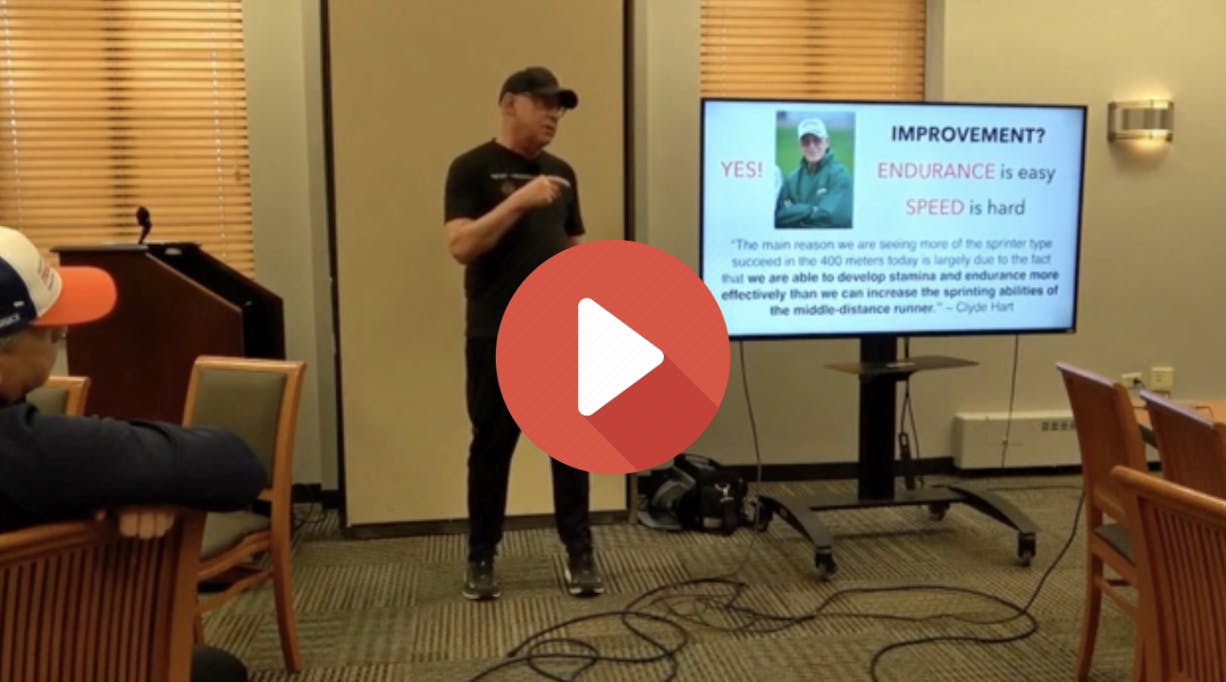
Tony Holler is the track coach at Plainfield North High School. Tony retired from teaching chemistry after 38 years in the classroom and has 43 years of coaching experience (football, basketball, and track). Tony Holler is a member of the Illinois Track & Field Hall of Fame and created the revolutionary "Feed the Cats" in 1999.
In his ‘Tony Holler - Sprint The 400’ clinic, Coach Holler discusses how it’s easier to create endurance than to create speed.
This is important for coaches to understand because volume in 400m training does not equate to better speed. Because speed is so hard to create, some coaches will overwork their runners because they think that will make them faster.
But in reality, typically it’s the opposite that occurs, with their runners getting burnt out due to overuse and more exposed to injuries than they’d be with a proper training regimen.
“If you chase two rabbits, you don’t catch either one.” Coach Holler says this to emphasize that his training sessions are always focused on improving one specific thing rather than several.

